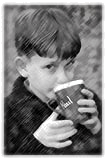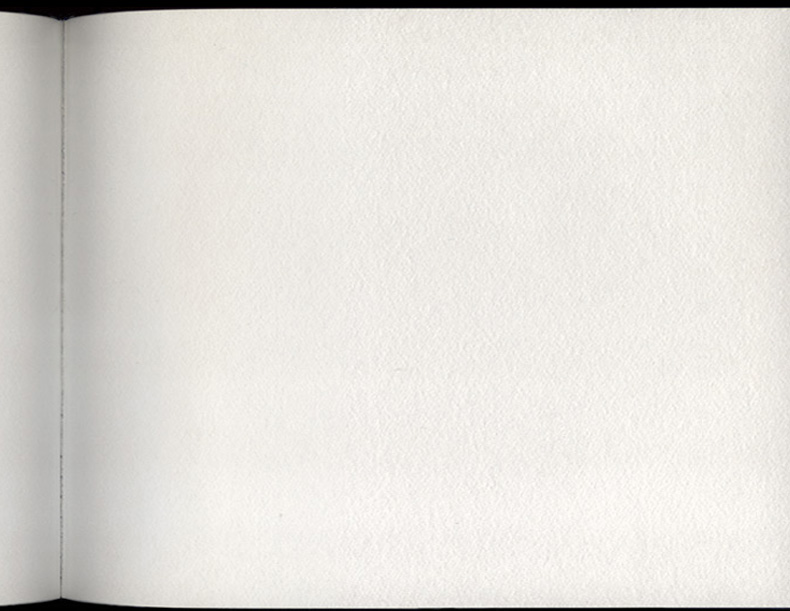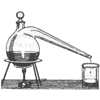| sketchBook: |
this virtual bookwork to document
thoughts, formulas, musings, recipes and plans for Chameleon Lectra and Motile and more... |
 |
|
| |
a
lectra: an electronic artwork, in this case the shape of a diary |
 |
Some
of the entries here contain excerpts from other sketchbooks/notebooks showing the origins and developments of ideas, particularly in relation
to Chameleon Lectra, Rmusic and PMusic...
 ...and some of them
don't ;-) ...and some of them
don't ;-) |

|
-
other contributors may be included as the collection builds |
 |
Chameleon Lectra has a book publishing imprint entitled 'Alembic Books'
Please visit alembicbooks.co.uk for news on the bookworks available at Alembic Books.
|
|
| --------------------------------------------------------------------------------------- |
|
 email: sketchBook@chameleonlectra.co.uk email: sketchBook@chameleonlectra.co.uk |